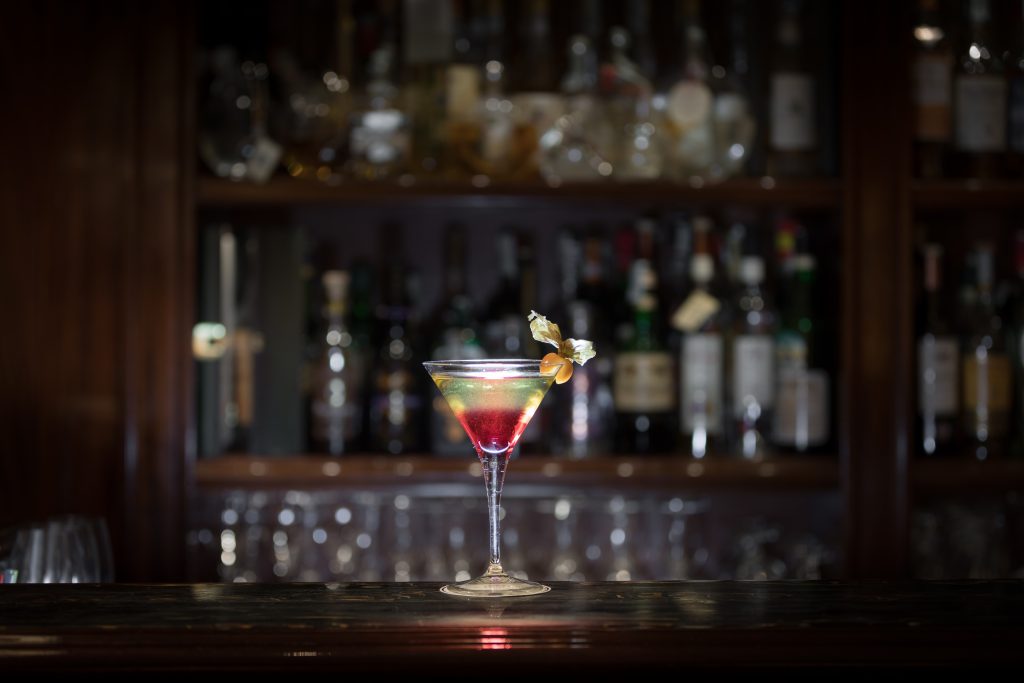[:en]The Bartender? First he must know how to listen.[:]

[:en]There are those who consider them mere executors of recipes not created by them and those who instead see them as artists, and even among them the opinions are discordant. We are talking about bartenders, figures cloaked in an ancient charm that some try to shake off with shakers and which others instead cultivate like a rare flower passed down from generation to generation.
Are we trivializing? Perhaps a little, after all a summary reasoning serves to give food for thought, without claiming to exhaust a discussion in the space of an article.
Well, the bartender.
It is said that the lawyer Agnelli, during a business trip to London, eager to drink a "different" Martini cocktail, inspired the birth of a cocktail by reasoning together with the bartender of the hotel where he was staying. We imagine him, the Lawyer, with his white scarf and hat on the counter, telling how he would have liked to modify a classic of international mixing to drink something that was both new and comfortable, unknown and classic. And we also imagine the bartender while, with the spare time suggestions shared by his customer, he creates, tastes, tries again and recreates in his head. Can we imagine the exchange, also part of the cocktail that would soon be born: the London Smoke? Recipe? A simple Martini Cocktail with a secret dose (they say a drop) of Curaçao blue. The result is a grey, fascinating cocktail, which we imagine the Lawyer drinking as if in a black and white film, under the curious eyes of the bartender awaiting the verdict.
The scene is from another era, as is the work of the barman in fact. From other times, not because it has passed, on the contrary, but because it is fascinating and extraordinary like things that belong to a bygone era because that is where they were born, but which from that same era have come down to us, sometimes the same as as they were then, at other times they evolved into unexpected forms.
There is no such thing as the “typical bartender”, as it was then. Today they are as much about shirts and bow ties as they are about vests and tattoos, and they are all, at the same time, fascinating. And their charm lies in the art of which they are custodians, in the way they know how to converse and in their imagination. In strict order of importance, we dare say. Because if there is one thing that hasn't changed (or if it has changed it shouldn't have changed) it's the bartender's ability to listen to his customer, whether it's the lawyer Agnelli or a stranger who happened to come to the counter by chance. And "listening" does not just mean taking an order, but grasping, welcoming, interacting, satisfying and sometimes preventing. It means making you feel at home.
Of course, the smoky American Bar of a 60s hotel certainly did not have the volumes of a cocktail bar in a nightlife district today, we are not aliens, we certainly do not expect the bartenders to have the time to have conversations with all the customers . And in any case there are also those who have no desire to converse, but it is up to the bartender to understand this, and this is required now as it was then.
There is only one thing that all the bartenders with whom we have had the opportunity to speak over the years have in common. It's not the favorite cocktail, it's not the mixing philosophy, it's not the clothing. Those are the colors of a wonderful kaleidoscope that if it were monochromatic it would be terribly boring. The thing that unites them all is precisely the sense of welcome, the pleasure of the relationship with the customer, the ability to listen even if you don't have time, even if for a few seconds. The ability to satisfy desires and sometimes to anticipate them. Regardless of how they are dressed, regardless of what they prefer to mix.[:]
